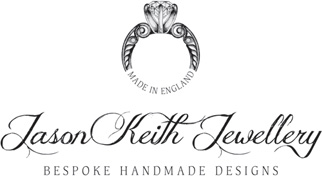Cleaning a Diamond Ring
Cleaning a Diamond Ring Let’s face it, when it comes to jewellery, we all generally think of diamonds. There is nothing quite like having a freshly cleaned ring on your finger fresh from a Jeweller. The light bouncing off your diamond just right can make you feel like a million dollars. So it’s only normal […]
The Process of making.
My process of making. Engagement rings. The process of making an engagement ring. Engagement rings are beautiful, complex and detailed. There is a lot of time, design and craftsmanship put forward to make them. Thought needs to go into strength and how the piece will wear over time. With technology moving the jewellery trade forward […]
The Difference between Platinum and Gold
The difference between Gold and Platinum. The Difference between Platinum and Gold. Is Platinum really better than Gold? How strong is platinum really? These are just a couple of questions I’m going to tackle in this short but sweet post. To answer these questions we have to understand a little history of Precious Metals, how […]
Tanzanite And Diamond Ring
My Client and The Tanzanite Diamond Ring. My Client. First off I should say I love blue stones. So I was pretty excited to get a call to potentially make a Tanzanite and Diamond ring. My Client wanted something to wear on special occasions but without being to dramatic. They wanted a tanzanite, oval and […]
Two Tone Wedding Ring
Two Tone Bands and How My Process works Meeting the Client. I met my client at a Wedding Fayre I was exhibiting at recently. They wanted to make a wedding ring using the gold from a wedding ring that belonged to a family member. I explained that this was defiantly possible and we should set […]
The 4ct Diamond Ring.
The Diamond Ring process and How it works. Meeting the Client. So Ive been meaning to put this on for a little while, I made this beautiful 4ct diamond cushion cut ring for such a lovely client recently. A few months ago I was approached to make a diamond ring. This was no ordinary ring […]
Diamond Pendant
Recently I was approached by John to create a 30th birthday present for his wife.
Camera Cufflinks for a Photographer
Earlier this year Jason was commissioned to make a pair of cufflinks for a photographer’s 40th birthday.
